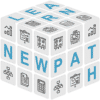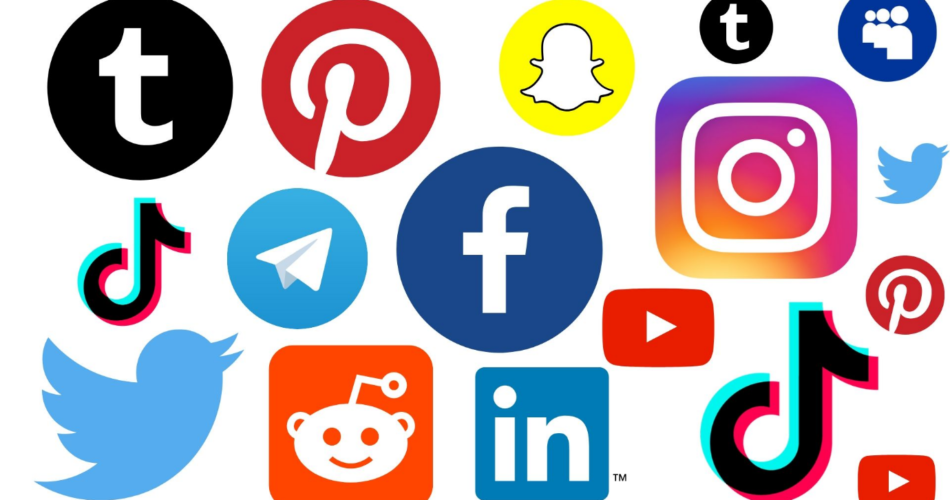It is obvious that Students and teachers are no exception, and it is sometimes difficult to do without social medias. Moreover, 18% of peoples, who have social media account, can’t spend several hours without going on Facebook!
For many reasons, learning through social media is not institutionalized and is often done by teachers in a self-taught manner. This article aims to approach the subject from several angles. We will:
- Define and present the most important concepts (social media, the most popular ones).
- Then, we will present different ways to learn through social media.
The importance of social medias for education (why integrate it in our school for better learning)?
Even if social media are most often associated with a private use, even if their misuse sometimes leads to abuses, they can be a great educational tool. They allow a dynamic, creative and instantaneous communication that young people are fond of.
The educational benefits of using social media include:
- Educating about written and audiovisual media;
- Developing critical thinking skills;
- Training in socialized writing;
- Building a social network;
- Fostering pedagogical continuity;
- Encourage autonomy and confidence through peer-to-peer exchanges;
- Maintain motivation;
- Facilitate learning through fun content;
- Educate about the internet (legal aspects, responsible attitude, awareness of dangers).
Also Read: Top 10 popular types of Social media
What types of media, a best for education and learning?
The so-called “mass” digital networks such as Facebook, Myspace… are primarily used for entertainment and communication. They also seem to be excellent means to promote collaborative work, debate and information sharing in class.
Publishing networks or social media such as Twitter, Wikipedia, YouTube, SlideShare… are originally used to publish user-generated content, but they also allow new types of exchanges and debates, which makes it possible for these exchanges to evolve into real learning materials.
Social bookmarks like Diigo, Delicious, Pearltrees… allow to store, organize, search for information and share resources. Above all, they allow you to develop an efficient educational process.
Brilliant ways to learn through social media sites
To help you think of ways to integrate these tools into your learning, here is a non-exhaustive list of ways learners and teachers can use social media sites:
-
Twitter
It could be the collective microblogging space. Create and use a hashtag on Twitter to find and create courses. In a synchronous session, you can ask learners to summarize what they understood in 280 words and then you have a summary of the course content made by all learners.
-
Clubhouse
offers real-time audio chat rooms where people from all walks of life can participate in discussions on various topics and share their experiences with the audience. In this age of pandemic where we are all deprived of social interaction, Clubhouse could be a good tool to learn and talk (teachers, students), to listen everyone’s concerns allowing them to express themselves voluntarily; to develop their thoughts, to play a moderating role in a debate; to develop their listening skills in a distance learning especially in a university setting. The challenge with this application is that people can only access it by invitation.
-
Facebook
Create or join a Facebook group to distribute and get updates, information or alerts. Here, learners and teachers will no longer have to search for information on several media or email addresses, the important elements will come directly to them and will be listed neatly and efficiently. Moreover, you can create or join discussion spaces dedicated to your topic. Here, they will be able to discuss with each other and with the trainer, ask questions, keep up to date on current projects, etc.
-
Instagram
Here, learners can post their works. In creative and/or collaborative work, learners may enjoy taking the time to observe each other’s work being produced. Using an online platform offers them this possibility while making sure deadlines are respected.
-
Blogging (blogposts and blogs creation)
Following on from the previous point, learners can post their works (HomeWorks, comments, questions, etc.) on the blogs (the same goes for teachers who create blogs post of the courses and projects. This can be creative work, written essays, practical work or projects specific to the course! Teachers and students can create a collaborative class blog on any of the blogging platforms available on the market such as WordPress, Blogger, Tumblr or Medium. Students can give ideas for blog posts and write about them while being exposed to content that can be linked to their curriculum. Writing blog posts gives the learners another avenue for digital content that they can then easily link to class social channels.
-
Use Discord to discuss and inform.
Due to its growing popularity, Discord is a really interesting tool for training. Designed to promote interaction, it is equally useful for large groups and small teams. Discussion, video, document sharing, this tool offers many possibilities!
-
Tiktok
The learner can feel his Self in the collective mechanisms. It is one of the platforms where the social aspect of learning has become popular. In mid-2020, a trend of microlearning emerged on TikTok. The #LearnOnTikTok encourages educational institutions and professional experts from all over the world to come up with creative educational videos on this platform. It’s a tool to teach learners how to get the attention of their audiences. It’s also an amazing way for teachers to connect with each other and share tips, tricks and advice.
-
Finally, use Pinterest to create moodboards and vision boards.
This tool can be used from a class perspective, with a common board. However, it can also be enjoyed in a more personal way, from the perspective of each learner.
Also Read: How is learning possible in social media sites
The best conditions to learn on social medias.
In order to take advantage of social media, in particular to inform, educate, learn or train ourselves, a few rules must be taken into account. Most of them are common sense, others require us to learn how to share these new digital tools.
-
A good mastery of the tool and its parameters
The example of the Facebook tool is, in this respect, interesting. Many (too many) of its users are unaware of. They may find themselves confronted with delicate situations, simply linked to the lack of control over collective activities proposed, suggested and, increasingly, incited, even provoked. A simple click can have serious implications. For example, the sharing of information, to an undesired circle of people. The good mastery of one’s digital identity is a guarantee of quality learning with digital social networks.
-
A clearly defined intention with an always critical eye
Either we let ourselves be “lulled” by the flow of information from people who share on social media, or we keep a guideline to interact with discernment. In the first case, we are more of a “follower”, in the second case, we are more of an “explorer” to feed and work on our subject(s) of interest. The second posture will most certainly generate more opportunities to learn through exchanges that will prove more interesting. Distancing oneself from published information is a necessary reflex in order not to be influenced.
-
Respect, benevolence and listening to others
The quality of exchanges, and therefore of interactions, depends on our ability to install and maintain a climate of trust with the people, known or not, with whom we dialogue and share content. The choice of words, formulas, arguments, tone of voice, images and associated files are all building blocks that constitute the content and form of our exchanges. The coherence of this ensemble creates an environment conducive to sustainable and reciprocal learning. To reinforce these opportunities to learn from others, it is advisable to be more in a position of help than of judgment, and also, to prefer rather positive or questioning contributions.
-
Choose and maintain your communities
Learning is a profession; the only sustainable profession! To practice this new profession, it is important to know how to surround yourself with peers who speak the right language and practice the right professional gesture. The same is true in the digital world. Our responsibility is to choose the right people with whom we will exchange, therefore to select our communities according to our learning objectives. A regular presence and activity allow to be positively identified by the members of its groups of exchanges, learning and formal and informal self-training.

